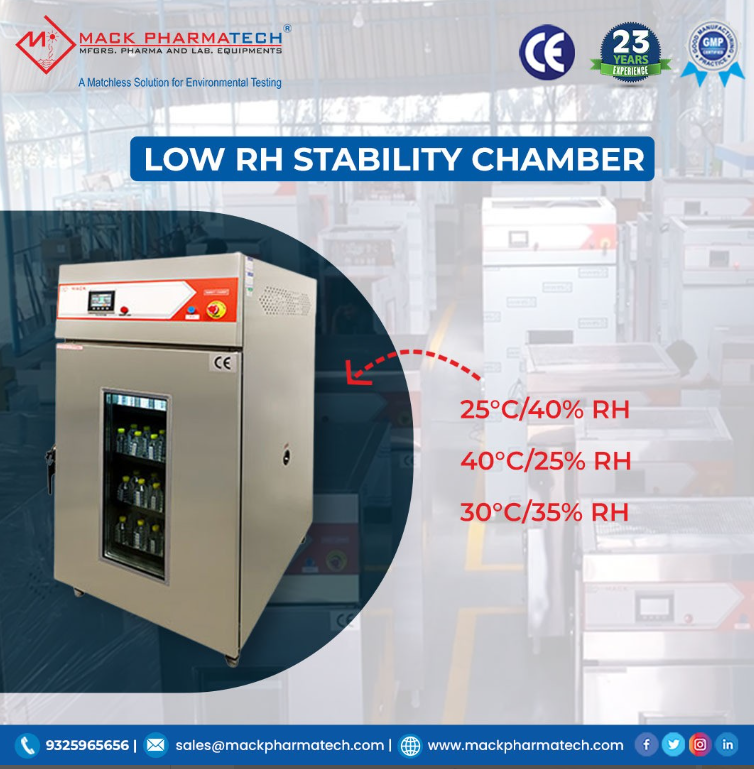
Medicines play a big role in saving lives. But for them to work properly, they must remain safe and effective from the day they are made until their expiry date. That is why Stability Testing in Pharmaceutical development is so important. It checks how medicines react to time, heat, moisture, and light.
At each stage of a medicine’s journey from manufacturing to packaging and shipping stability testing ensures quality. This makes it a key step in pharmaceutical development.
What is Stability Testing in Pharmaceutical?
Stability testing is done to see how a medicine performs under different conditions like heat, cold, humidity, and light. It helps drug manufacturers understand how long a medicine can be stored without changing.
Here is what stability testing helps determine:
- The shelf life or expiry date of the product
- Ideal storage conditions like temperature or humidity
- The best packaging to protect the medicine
By doing this, companies make sure their medicines stay safe and effective for patients.
Why is Stability Testing in Pharmaceutical Important?
Medicines can lose their strength or become harmful if not stored properly. That is why stability testing is not just helpful—it is necessary. It keeps medicines safe and builds trust with customers and doctors.
Here are the key reasons why stability testing matters:
- Confirms the effectiveness of the drug over time
- Helps decide the correct expiry date
- Ensures compliance with CDSCO and ICH guidelines
- Prevents product recalls due to quality issues
- Supports approval for exports and global markets
Role of Machinery in Stability Testing
Stability testing depends on highly accurate machines. These machines create controlled environments where temperature, humidity, and light can be adjusted as needed. Without the right equipment, testing may not be reliable.
Important machines used in stability testing include:
- Stability Chambers: Maintain constant temperature and humidity
- Humidity Chambers: Simulate seasonal changes like rainy or dry weather
- Photostability Chambers: Check how light affects medicines
- Walk-in Chambers: Useful for bulk or high-volume testing
- Cold Rooms: Keep products at low temperatures for long durations
These machines are essential to conduct proper Stability Testing in Pharmaceutical settings.
Types of Stability Testing in Pharmaceutical
There are different types of stability testing. Each one checks how the medicine will behave under various conditions and helps companies plan for the product’s life cycle.
Here are the main types of stability testing:
Type of Testing | What It Does |
Real-Time Testing | Tests drugs under normal conditions for 6 to 24 months |
Accelerated Testing | Uses high heat and humidity to speed up the process |
Stress Testing | Exposes drugs to extreme heat, humidity, or light to find weak spots |
Factors That Affect Drug Stability
Many outside factors can affect how stable a drug remains. These factors must be carefully tested and controlled to ensure the medicine remains effective.
Here are some of the most common factors:
- Temperature: High or low temperatures may break down drug ingredients
- Humidity: Moisture can spoil the product or cause it to react
- Light: Sunlight or UV light can reduce effectiveness
- Oxygen: Exposure to air can lead to chemical changes
- Packaging: Poor quality packaging may allow air or light to enter
During Stability Testing in Pharmaceutical processes, these conditions are carefully recreated and studied.
Stability Testing for Different Dosage Forms
Different medicines come in different forms like tablets, syrups, or injections. Each form needs specific testing conditions, because each one reacts differently to temperature, light, and humidity.
Here is how testing changes for different types of medicines:
Dosage Form | What Needs to Be Tested |
Tablets/Capsules | Sensitive to moisture and temperature |
Liquid Syrups | Need protection from heat and contamination |
Injectables | Must remain sterile and chemically balanced |
Creams/Ointments | Can separate or spoil if exposed to heat/light |
Guidelines for Stability Testing in Pharmaceutical
Stability testing must meet strict rules set by Indian and international health agencies. These rules ensure that medicines are safe and effective before they reach the market.
Here are the main guidelines followed:
- ICH Q1A to Q1F: International rules used worldwide
- CDSCO: India’s regulatory body for medicines
- WHO: Used for products made for export or global markets
By meeting these standards, companies make sure their products are accepted both in India and abroad.
Challenges in Stability Testing
While stability testing is important, it also comes with a few challenges. These can affect time, cost, and accuracy if not managed well.
Common challenges include:
- Long testing durations, especially in real-time tests
- High energy and equipment costs
- Need for constant monitoring and record-keeping
- Risk of errors in manual processes
Modern and automated machines help reduce these issues and improve testing speed and reliability.
Stability Testing in Pharmaceutical development is not just a technical step it is a must for safety, compliance, and success in the market. It protects patients, builds trust, and ensures drug quality.
For reliable, high-performance testing equipment, Mack Pharmatech offers trusted solutions used by top pharma companies across India. Our machines support every step of your stability testing process and follow global standards.
To explore our range of stability chambers and pharma testing solutions, visit our website at www.mackpharmatech.com











